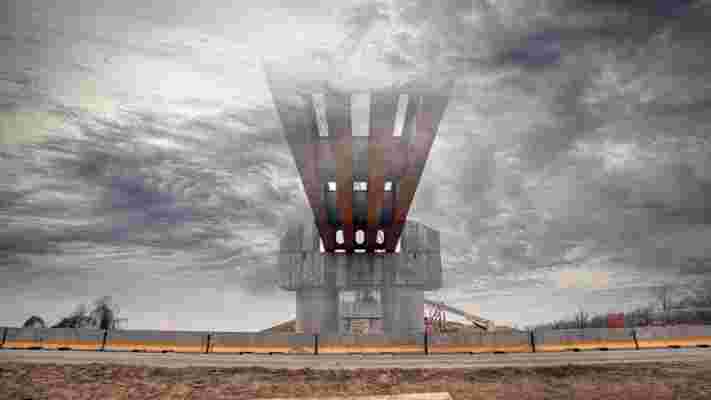June 22,2022
How Government Shutdowns Affect Housing and Design
by David Stewart
Now into its third full week, the U.S. federal government shutdown—our country’s longest ever—means that museums such as the Smithsonian and National Parks are closed, 380,000 federal workers are furloughed, and another 420,000 employees are working without pay. Fitch Ratings has warned that the U.S. is at risk of losing its AAA credit rating should the shutdown continue for several weeks more, especially considering the rising federal deficit. And because the Security and Exchange Commission isn’t fully staffed, it has stopped reviewing and approving filings for initial public offerings and slowed down potential company mergers. All of that could stunt economic growth, with a ripple effect that impacts housing, building, and design.

Where it comes to housing, many residents living in HUD-subsidized residences, who rely on the federal government for assistance, may not be able to pay rent, putting them at risk for homelessness . But it’s not only the economically disadvantaged who are being affected. The National Association of Realtors found in a survey that 25 percent of potential buyers opted out of a purchase due to general economic uncertainty related to the shutdown. And while new FHA loans for single-family homes (but not multifamily) can still close, residential buyers who need IRS verification could see delays in getting their mortgages approved. (Fannie Mae and Freddie Mac are currently operating per usual.)
In the near term, the biggest hit in real estate will be in the residential sector, explains Lawrence Yun, an economist with the National Association of Realtors, due to non-availability of certain mortgages and buyers’ lack of confidence. But, he cautions, “the longer the shutdown, the greater the harm.”
New construction could begin to suffer as housing inventory builds up. “Homebuilders get cautious when inventory rises,” says Yun. And in a statement to its members, the National Association of Home Builders reported that “builders should expect delays for any housing-related federal government programs that are still operating and plan accordingly.”
The commercial real-estate sector could begin to slow due to a lack of confidence, too. “Commercial real-estate investment, leases, and development all depend on solid economic expansion,” says Yun. That the Small Business Administration is not currently issuing new loans won’t help that issue, nor will the closure of the Department of Agriculture, which is thwarting rural development.
Various infrastructure projects may also be at risk, some due to the closure of agencies such as the Fish and Wildlife Services and the Bureau of Indian Affairs, which sometimes must give approvals. Others are running into different complications. In Oklahoma, for example, transportation officials are delaying bids on 45 highway projects worth $137 million as a result of questions surrounding federal funding. That kind of back up can set projects back months or longer because of weather, environmental concerns, or seasonal issues.
“At this point, if the shutdown lasts not more than a month, the impact will have been negligible as the delays eventually lead to transactions,” says Yun of the real-estate market. Likewise, design and construction industries could come out of the shutdown relatively unscathed. Then again, even brief blips of economic uncertainty can leave marks. “There are a lot of headaches and anxieties from the delays, however,” points out Yun. “If the past is any guide, then around two percent of consumers may have permanently left the market. Simply an unambiguous and unnecessary negative for the real estate market.”






